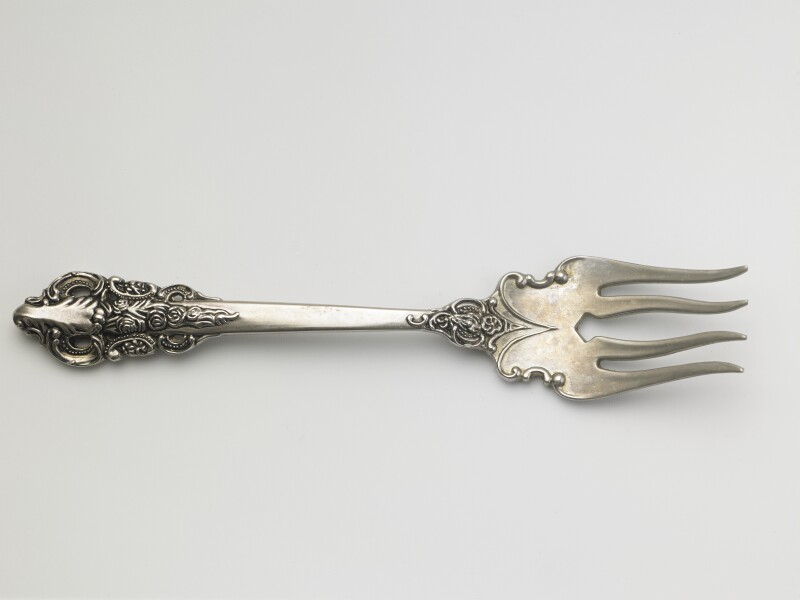In each issue of LDS Living magazine, we love to share short and simple fun facts related to the season, our faith, or other interesting tidbits that we think are just too darn fun not to talk about. So to satisfy that craving you might be having for some trivia, we thought we’d share a few of the facts and other tips from our July/August issue on our website.
See what suits your fancy, and if you like what you read, don’t hesitate to order our latest issue online or pick one up at a Deseret Book store near you. Happy reading!
The Scandal of a Fork:

Have you used a fork today? If so, some early clergymen might have said you should fear for your soul. In the year AD 1004, a woman caused a stir when she used a fork at her wedding feast in Venice. Most Europeans still ate with their fingers and knives at the time, and the local clergyman firmly believed it should stay that way. According to Smithsonian Magazine, a religious leader said, “God in his wisdom has provided man with natural forks—his fingers. Therefore it is an insult to him to substitute artificial metal forks for them when eating.” The fork continued to be a topic of scandalous discussion for hundreds of years. In fact, forks weren’t well established in the US until the 1850s. And that bride in Venice? She died of the plague a few years after her wedding, and local religious leaders claimed her demise was a punishment from God. Makes us wonder what ancient clergymen would say about the use of a spork.
Facts and Figures about Kiwis:

- 98%: Proportion of kiwis produced in the US that are grown in California
- 2x: More vitamin C in a kiwi than in an orange
- 46: Number of calories in an average kiwi
- 3–5: Years a kiwi vine must mature before it produces fruit
- 30: Number of feet a kiwi vine can grow
Campfire Convos:
A long conversation with friends or loved ones can be as invigorating as a deep breath of fresh air. And camping trips or leisurely summer nights often provide the perfect setting for a heart-to-heart talk. Here are five questions to spark entertaining, bonding conversations:

1. What would you do with four hours of free time?
2. What are you most excited about in your life right now?
3. If you could talk to one species of animal, which would you choose?
4. What would someone say they like about you?
5. If you could instantly be a master of one new talent or ability, what would you choose?
6. Would you like to be famous? In what way?
CTR Rings:
- 1864: First documented use of the phrase “choose the right” in the Church
- 1970: Year CTR rings were introduced for Primary children
- 6: Age children were given their first CTR ring
- 35 cents: Cost of the first CTR rings ($2.61 in today’s dollar)
- 28: Number of languages CTR rings are available for purchase through Church Distribution Services
▶You may also like: CTR: The story behind the cultural phenomenon + fun facts
Who Stole the Thunder?
Most of us have figuratively had our thunder stolen: a friend swoops in mid-joke and reveals your punchline, or a sibling spills the good news to the family before you have the chance. But the first instance of thunder robbery was much more literal. In the early 1700s, English playwright John Dennis invented a device to imitate the sound of thunder during a play he was working on. Unfortunately for Dennis, his play was a total flop. Later, he attended a production of Macbeth and realized the theater was using his invention. According to legend, Dennis jumped up and shouted, “That’s my thunder! The villains will not play my play, but they steal my thunder!” News of his outburst spread around London and the idiom “stole my thunder” was born.


